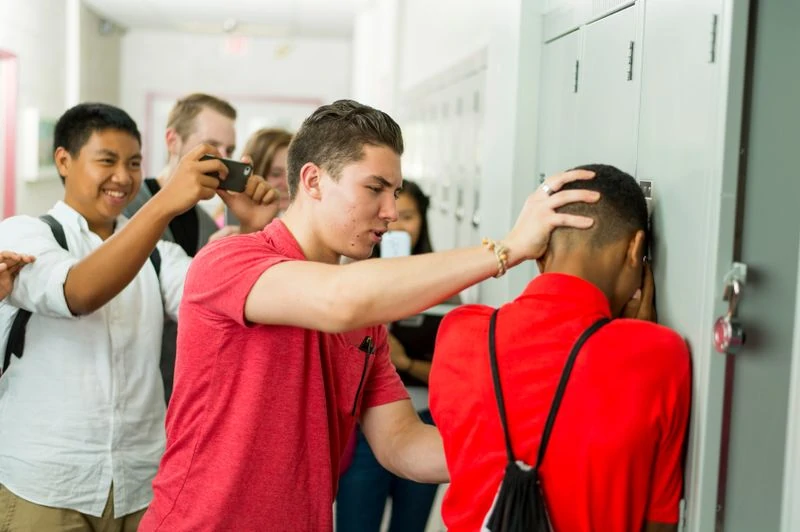Last time, we looked a bit at the importance of helping children listen to what their body is telling them. Just as important is helping them hear their inner voice – the voice of heart, of our inner wisdom, of the essence of who we are and who we are becoming.
In fact, through all my years of teaching Yoga Calm, I’ve found that teaching kids about their inner voice – how to hear this source of self-guidance – to be most important. It’s also not a simple task. Many of us struggle to know which voice inside of us is the wisest to follow.
Understanding the Voices Inside Us
Here, I think back to a time when I was leading a play support group. Two third-grade boys – I’ll call them “Ben” and “Matt” – were playing a game near me, close enough for me to overhear them.
“Do you believe that God talks to you?” I heard Ben ask Matt innocently.
“Yeah,” answered Matt, “but I don’t know how God can listen to everybody all at the same time. Look at all the churches. There are a lot of people praying.”

“Have you noticed how you can make it say whatever you want?” Matt asked.
“Yeah. I can make it say yes if I really want a motorcycle.”
“It’s weird, huh?” said Matt.
I love this conversation because it illustrates something we all experience: Which inner voice belongs to “God” – your wisdom, your guide, your heart – and which voice is just yourself fooling yourself? I find it helpful to be open with children about the fact that it’s something we all struggle with. It’s a natural part of learning to listen internally.
As we practice, we get better at discerning what feels right, as well as noticing the feedback we get from others when we are following our authentic path.
Using the Strong Voice Activity for Practice
One of the practices I especially enjoy doing with kids and adults alike is to lead simple inquiries to help them access their own inner guidance.

There was one boy I worked with who came from a very difficult family situation. He spent a lot of time in my room. Sometimes, he’d share fantasies about his parents becoming perfect and loving towards both him and each other. Most of the time, he’d come in angry at them for their addictions and violence and neglect. All I could do was provide as much safety and consistency as I could.
One day during his fifth-grade year, I ended our class yoga session with a relaxation that invited the students to find the strong voice inside of them. At the end, this boy sat up with a peaceful expression on his face. When I invited the students to share something about their experience, his hand shot up first.
“Even if my parents never get their act together, I can still create a good life for myself,” he said firmly. “I don’t have to be like them.”
“That’s right,” I said. “You can do that.”
After years of expressing his pain, he had found a solution inside himself. He recognized that he had the power to change his life, to make it into anything he chose. Most importantly, he believed he could do it, and that became his goal.
What I like about this anecdote is how it illustrates that even if we have a history of trauma, we also have strength. That strength is what got us through it, even as events may have left us feeling otherwise.
Indeed, strength comes first in the short recitation we practice in Yoga Calm: “I am strong. I am in control. I can do it. I can be responsible.”
Tips for Helping Children Learn How to Listen to Their Inner Voice
Learning to listen to your inner voice is part of the art of learning to pay attention more generally. Any of the Listening activities in Yoga Calm’s core curriculum can be helpful in this regard, supported by the physical yoga which offers further practice in self-regulation, which lends itself to focus.
Still, there are some specific things you can do when helping students find their inner voice:
- Ask good questions. It’s easy to give advice, but asking questions will do more to empower them to discover the answers within and trust themselves.
- Give them plenty of opportunities to listen to their bodies – their hearts, their gut instincts, their sensations.
- Invite them to listen to the world around them and discover guidance in nature – in the trees, the wind, the burbling creek.
- Allow them to question things. Allow them to try things. Nurture their curiosity and sense of exploration.
- Let them experience making wrong choices, so long as doing so doesn’t put them in danger, of course. Failure isn’t ever fun, but it is one of the ways we learn and one of the ways in which we become more resilient. As writer and educator Michelle Icard has put it, “Failure isn’t the worst thing that can happen to your kids. Often, it’s one of the best.”





